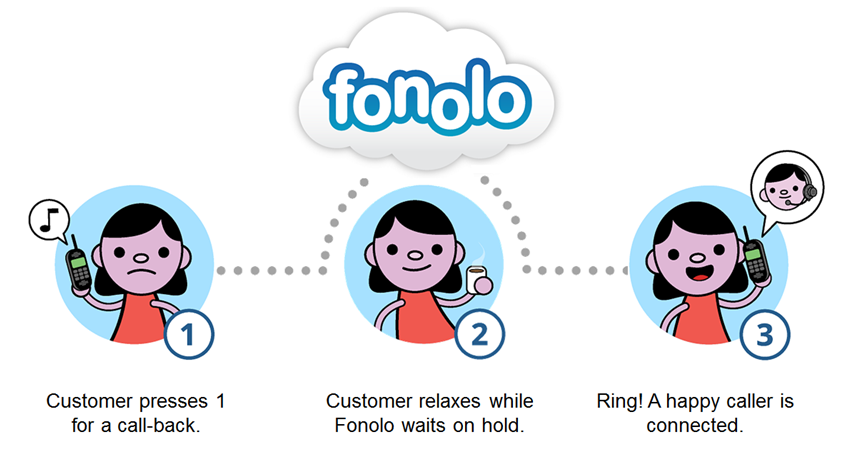When callers are waiting on hold they’ll typically hear a range of messages from the contact center’s IVR. Some centers tell callers an estimated wait time, others will announce how many people are in line in front of the caller, but most call centers tell callers nothing other than, “your call is important to us”. (A phrase callers have learned to loathe.) To get a sense of how much anger consumers feel towards hold time, just check out OnHoldwith.com for a real-time feed of “tweet venting”.
Given how much frustration is caused by leaving callers on hold, you would think companies would do anything they can to minimize the pain. People often say the worst part about waiting is not knowing how long it will be. So why don’t call centers offer us that info?
NOTE: This post originally appeared as an answer on Quora to this question.
1. Not All Call Center Systems Support that Feature
It seems like a straightforward feature, but keep in mind that many call centers are stuck with software that is decades old. The average equipment replacement cycle is 12 years! Another contributing factor is that some companies have multiple call centers at multiple locations, dividing the work. And those multiple call centers may have different technologies that can’t coordinate information to generate an estimated wait time.
2. Other Calls Get Answered Before You
That’s right – sometimes folks “cut” in front of you! And if this happens you would end up hearing that you went *backwards* in line and probably feel angry about it. That’s not as nefarious as it sounds. Here are some reasons call centers might do that:
a) An agent is helping an especially difficult or urgent case and needs to transfer a call ahead of yours. (Supervisors are more likely to have this power.)
b) Callers with some kind of status (i.e. frequent fliers) may automatically go to the front of the line.
c) Some systems that offer a call-back as an alternative to waiting on hold, require putting calls at the front of the line. It works like this: If you, the caller, agree to a call-back, the system calculates that it would probably be your turn in, say, 20 minutes. Then you hang up and the system calls you back in, say, 18 minutes. If you answer, you get put at the front of the line. (More on this below.)
3. The “Queue” is a Logical Construct and Not a Simple Ordering of Calls
In modern call center systems, your call requires a set of “skills” based on answers you gave to the IVR and possibly a profile of you in the company’s database. Let’s say “English speaking agent” + “billing” + “wireless plans”. Meanwhile, the call center has a set of agents with a mix of skills. The routing system is matching the “skills needed” with the “skills available” to find the right agent in the shortest time. So you just can’t say someone is “Nth” in line.
Now back to that issue of the flawed call-back strategy from item 2(c) above. The approach of scheduling a call-back based on an estimated waiting time is flawed because that initial guess is hard to get right. Most modern call-back solutions (including Fonolo) will actually hold your place in line so that the call-back timing is accurate and fair to everyone else in the queue.


Discover the Contact Center Trends That Matter in 2024
Dig into industry trends and discover the changes that matter to your business in the year ahead.